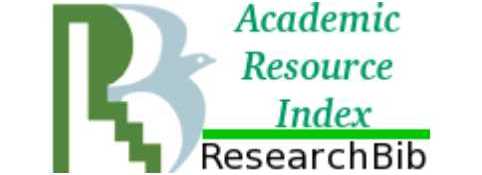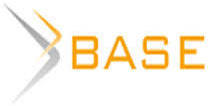DOI:
10.18413/2408-9338-2016-2-4-34-40
Throughout the 20th century until today, Serbian society has been faced with the consequences of the lack of the development policy that would create a context of equal conditions for stronger economic, social and cultural development of different regions of the Republic of Serbia. Some of the effects of such a development policy at the beginning of the 21st century are strong migration processes that «drain» the young working population, particularly from the eastern borderlands, from the country. Migrations «associated» with decades of low birth rates trend lead to the quiet disappearance of the population in border municipalities such as Kladovo and the culture they are holding.
The paper highlights the importance of creating a development policy that would rehabilitate the consequences of decades of regional disparities in the development of Serbia. The creators of the so-called contemporary Serbian society, if they intend to offer sustainable strategies, in addition to economic, social, cultural, ecological and other discourse, must include the demographic one. Each of these discourses has its important role in the overall development of the society. However, the unfavorable demographic structure can stop it.
The paper used the analytical-descriptive method.
Number of views: 5594 (view statistics)
Количество скачиваний: 7761
All journals
Send article
Research result. Sociology and Management is included in the scientific database of the RINTs (license agreement No. 765-12/2014 dated 08.12.2014).
Журнал включен в перечень рецензируемых научных изданий, рекомендуемых ВАК

















While nobody left any comments to this publication.
You can be first.